A Guide to 2D Error Free Files

These 4 simple steps will guide you to make your 2D drawing optimized for production.
1. File type
Every program or software can export certain file types. To be able to produce your design, we need to be able to open and process your drawing. Currently, we only accept .dwg and .dxf files.
Make sure to upload the correct file type.
2. Drawing to scale
Every project, whether it is a tiny house, closet or any other piece of furniture has a size on paper and an actual size. If a drawing isn't to scale, there's no guarantee that each object in your design will have the desired proportions.
You can ensure this by always sending the actual dimensions and units of measurements either in the drawing or in addition to the file within your order notes.
3. The principles of dimensions
One of the most important factors for an error free 2D drawing is the indication of the depths of cutting. Height and width often are drawn to scale, however the depths are not obvious and are important to know how deep the CNC machine should carve into your project. Therefore, each line on your drawing should have a thickness defined. See example below.

Remember that each layer should indicate the depth of cutting. Tip: color code your layers to quickly tell the depths within an object.
As an example, if your material is 18mm Plywood, your layers might read:
Layer 1 (colour 1) - Contour -18mm
Layer 2 (colour 2) - Pocket -12mm
Layer 3 (colour 3) - Groove -6mm
4. Finalize & convert
In order to convert your 2D drawing into a 3D drawing and be ready to produce into wood, all poly-lines need to be closed, visible and duplicates need to be deleted. See image below.

Find out more about our design services here
Related articles:
The top 3 reasons for delays in your production process and how to solve them (interior projects)
Upload your design file and get a quote
within days
Quality production with trusted production network.
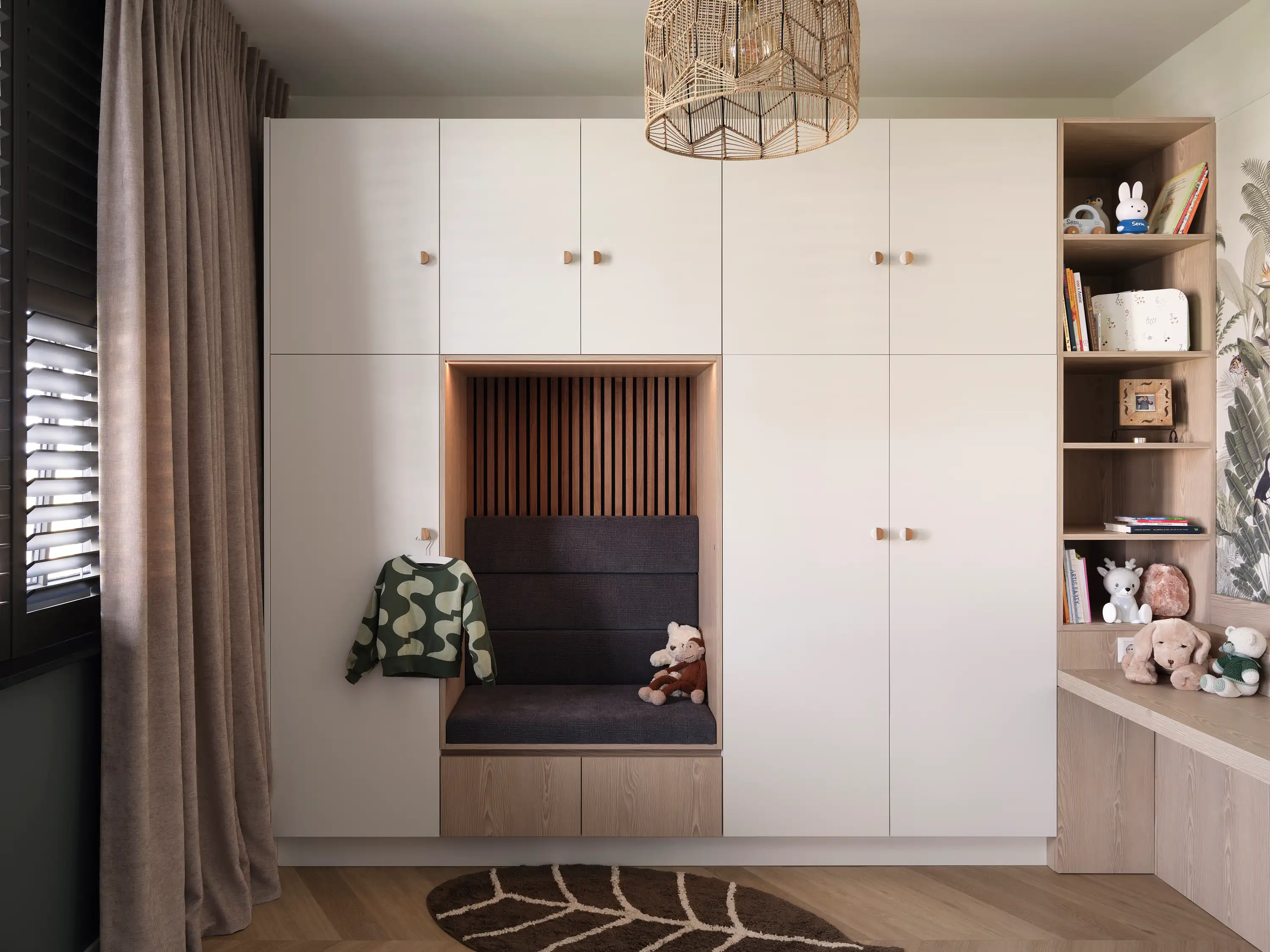
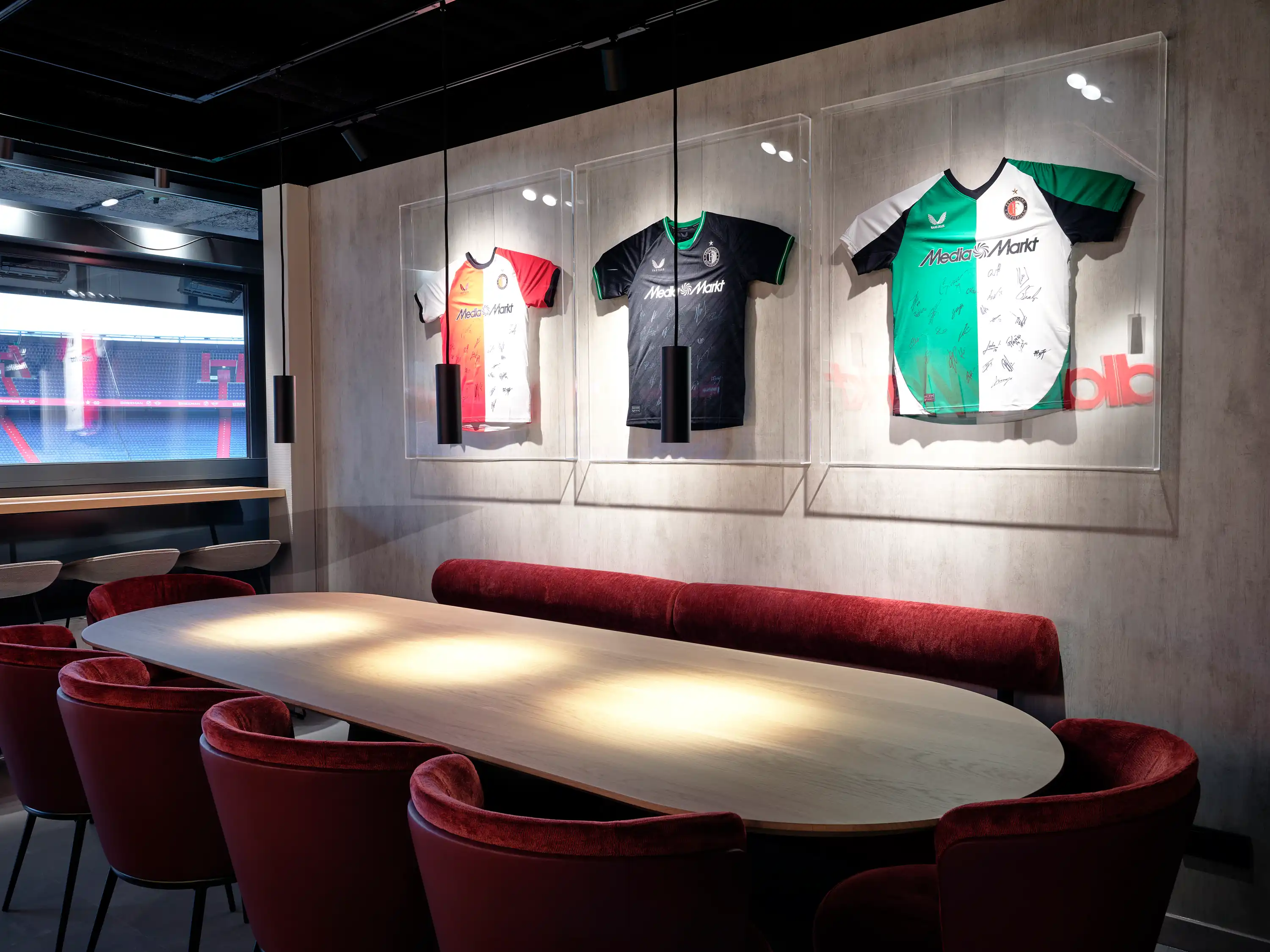
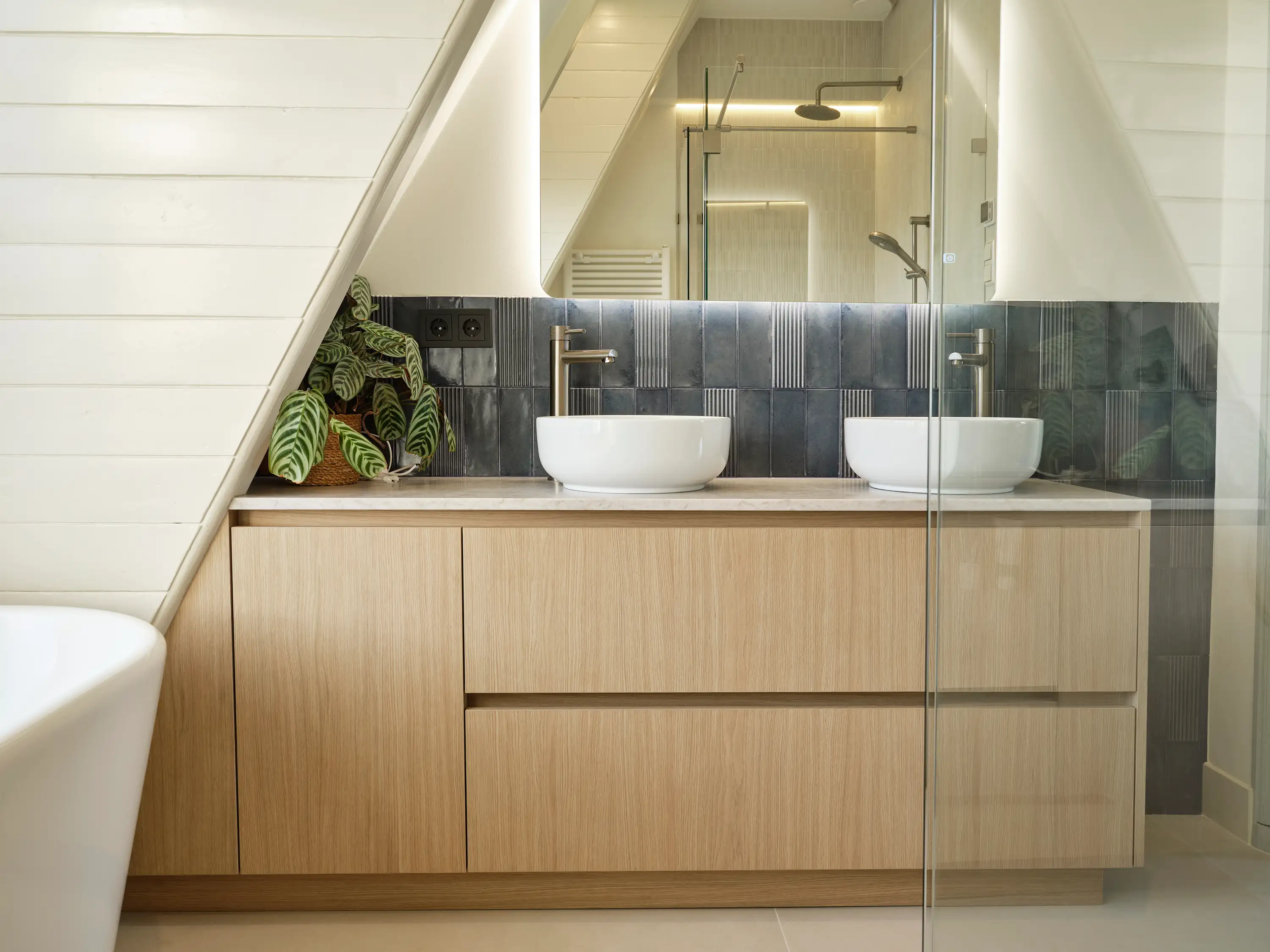
%20(1).webp)
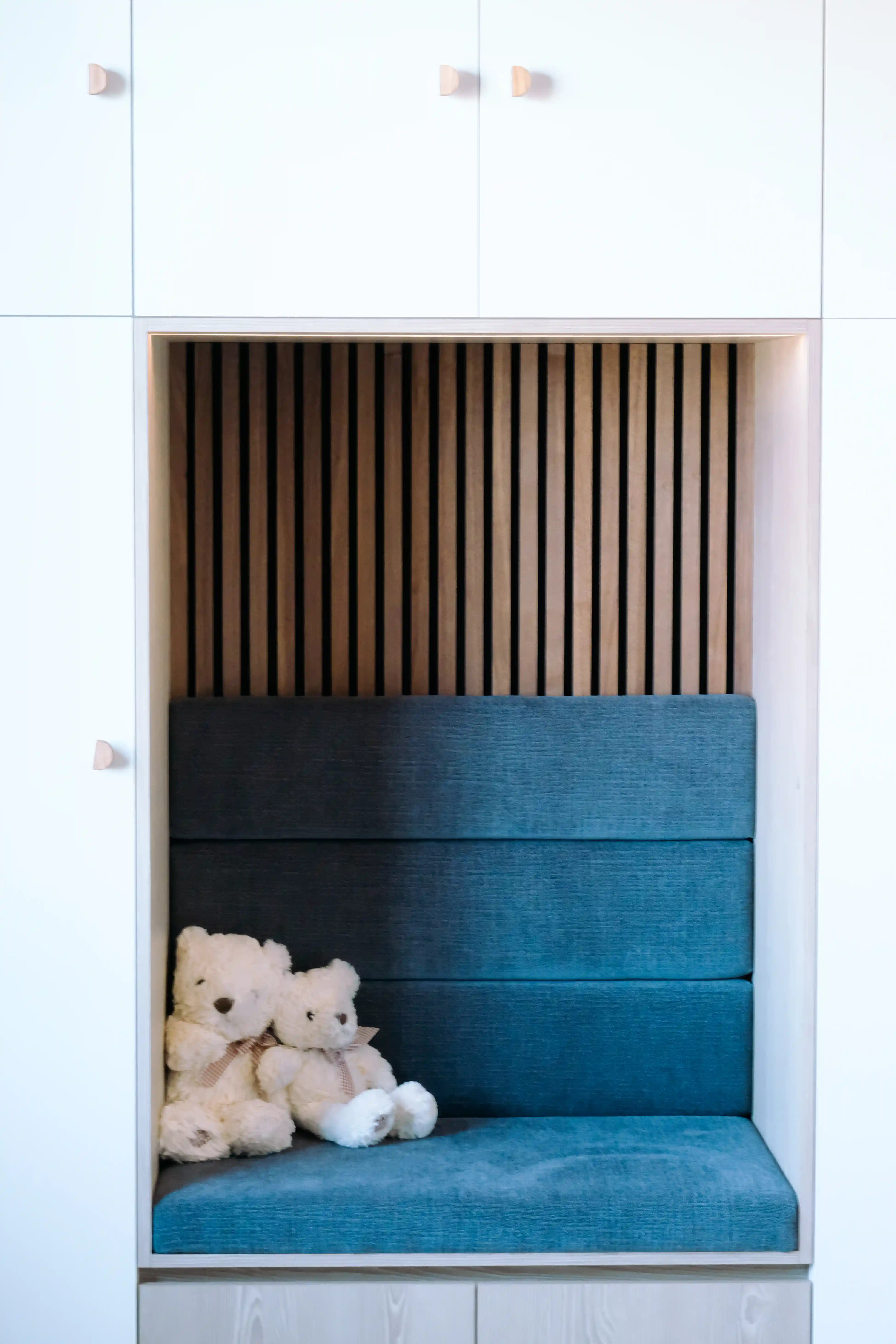
.webp)
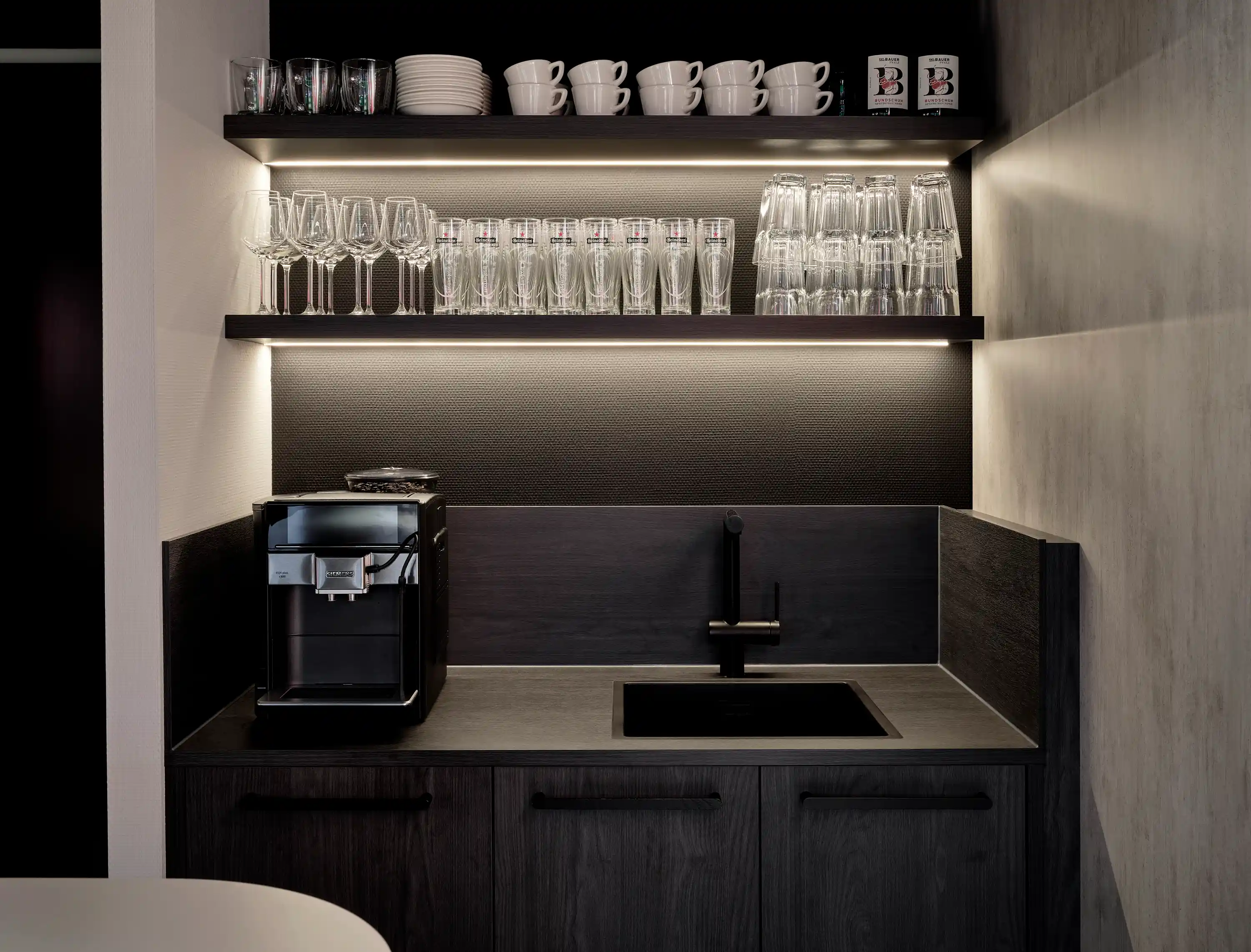
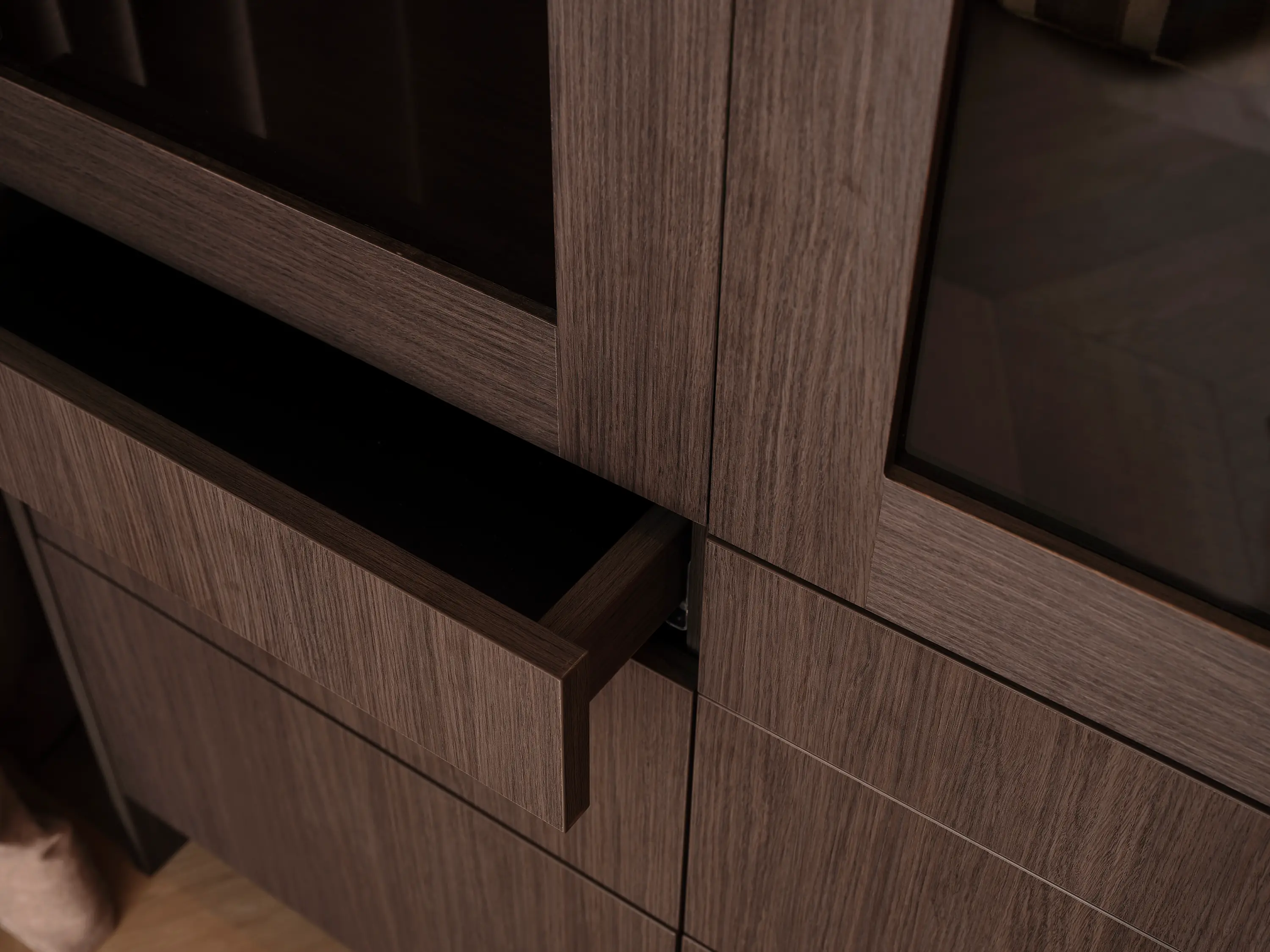
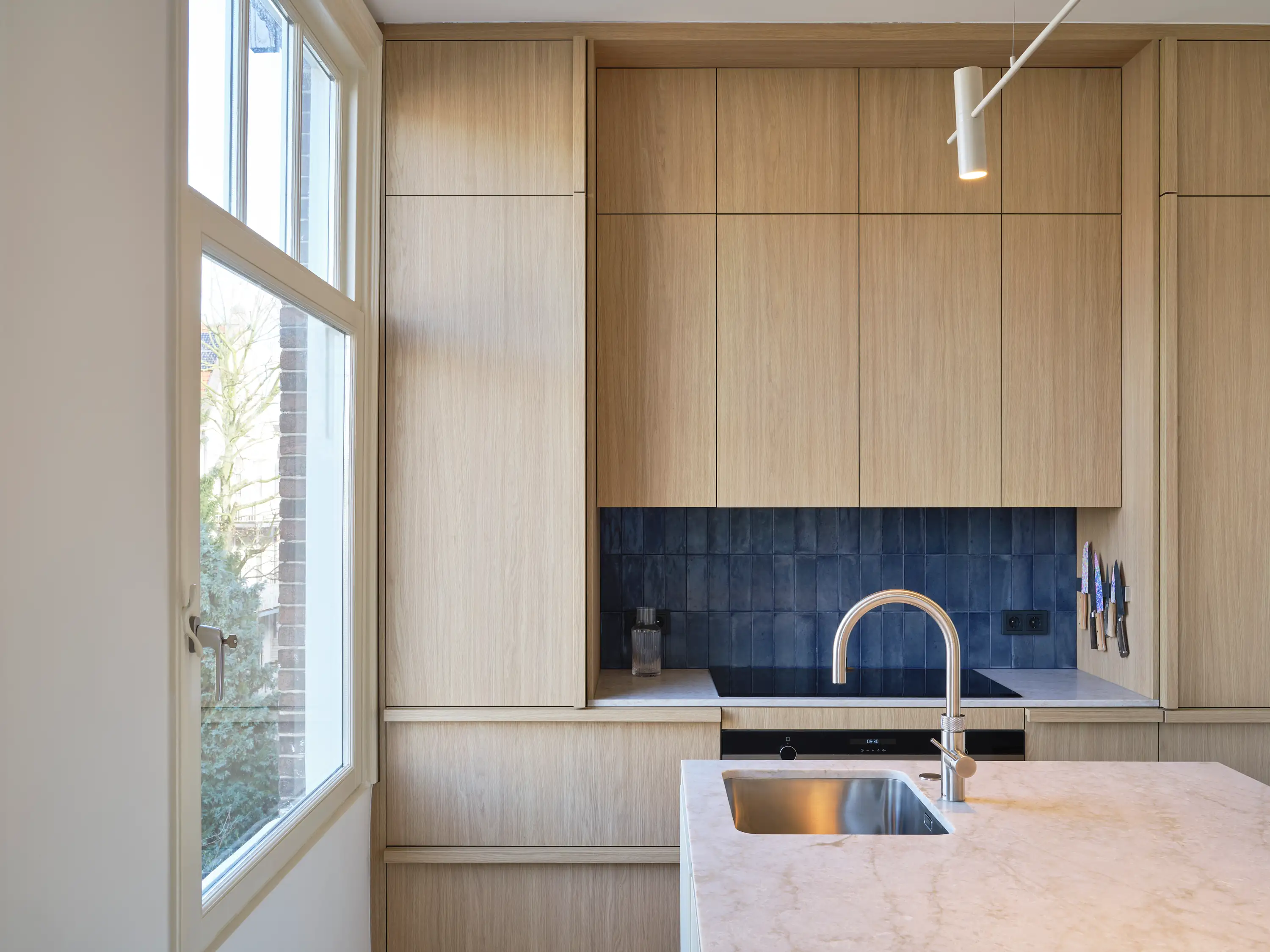




.webp)

%20(1).jpg)
